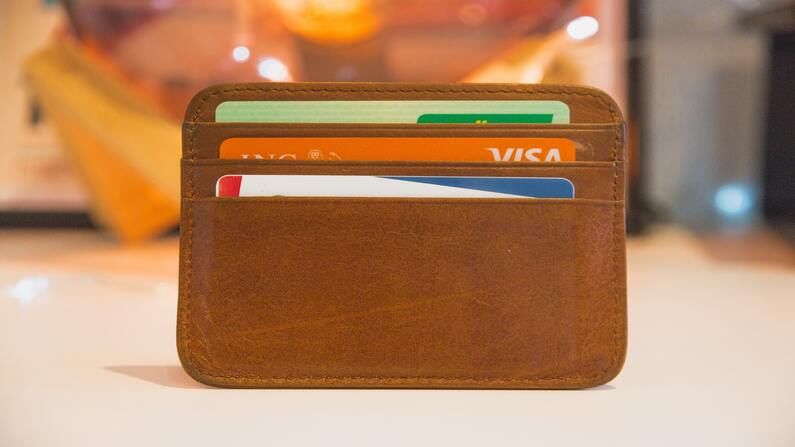Here's how you can reverse your credit card transactions
Before completing online payment, the buyer should read and understand all of the terms and conditions linked with it

Plastic money is now widely used for transactions and payments in daily life. Their interest has been boosted even further by the transactions’ security and reliability. Rather than carrying cash, consumers today choose to accept and utilise credit and debit cards. However, now and then, we make payments by error or are required to cancel them. If you paid with a credit card, how does the payment reversal work? Let’s take a look:
Transactions conducted online
Credit card payments are accepted on e-commerce websites. When a buyer cancels a transaction, the buyer receives a full refund. Each e-commerce website has its own refund policy. Some refund the whole money; others take a portion of the payment as cancellation fees, and still, others do not refund the total amount but instead credit the buyer with points equal to the transaction value. Before completing online payment, the buyer should read and understand all of the terms and conditions linked with it.
Card swiping twice
One of the most frequently encountered problems with credit cards is charged twice. This occurs when the card is swiped, and the machine does not generate a receipt, but the charge has already been withdrawn from your account. To generate the slip and finalise the transaction, the buyer must swipe his card one more. This occurs when the swiping machine is defective. In this instance, the purchaser should call their bank. The bank will communicate your request to the merchant, and the merchant will reverse the deducted sum.
Transaction cancellation
The purchaser has the right to terminate the transaction and receive a refund. When you cancel an order, the payment is immediately refunded to your account. Additionally, customers can request a refund if they are dissatisfied with the goods or service. When a client initiates a chargeback, the bank returns the money to the customer rather than paying the merchant. Chargebacks may be requested within 180 days following payment.
What if the bank or merchant refuses to return the funds?
If you believe you have been charged incorrectly or that the money from your cancellation has not been returned to your account, this could be the result of a technical error. You might approach the bank and request that they correct the situation. However, if the bank does not comply or the merchant refuses to return your money, you may file a complaint with the consumer court. The Consumer Protection Act protects buyers’ interests and ensures that they receive a resolution. Companies often reimburse the money, fearful of the negative publicity that would result from the customer’s dissatisfaction.